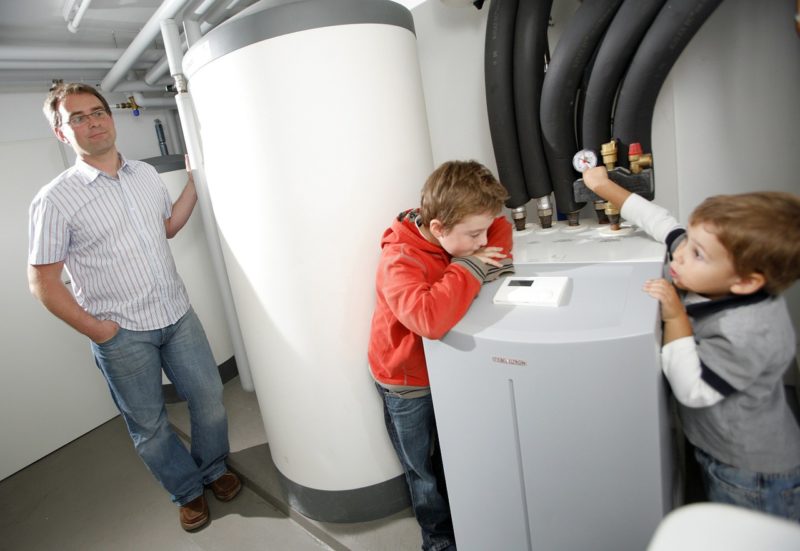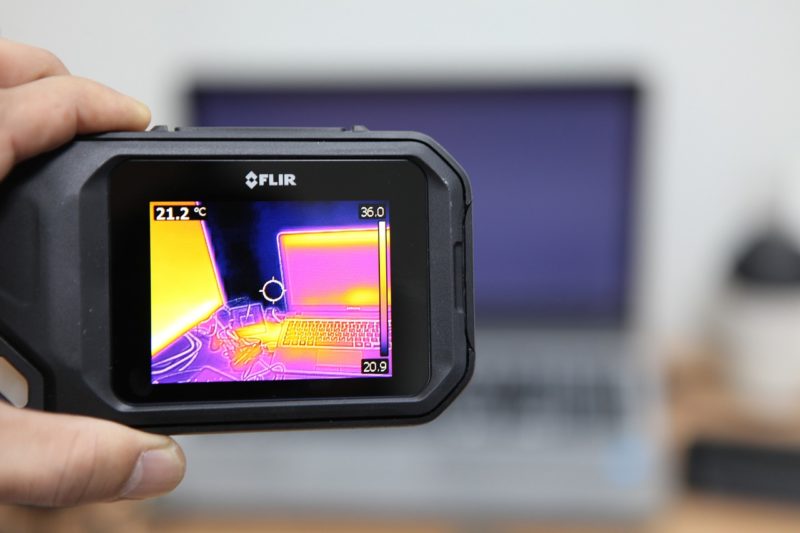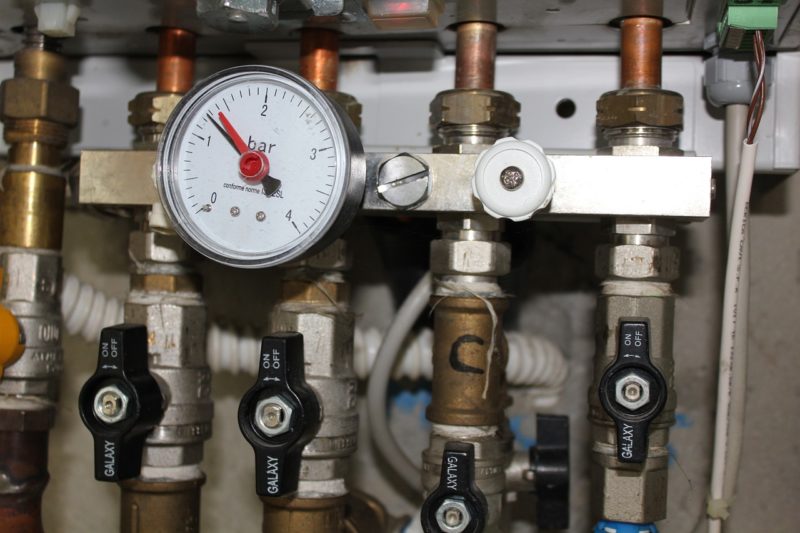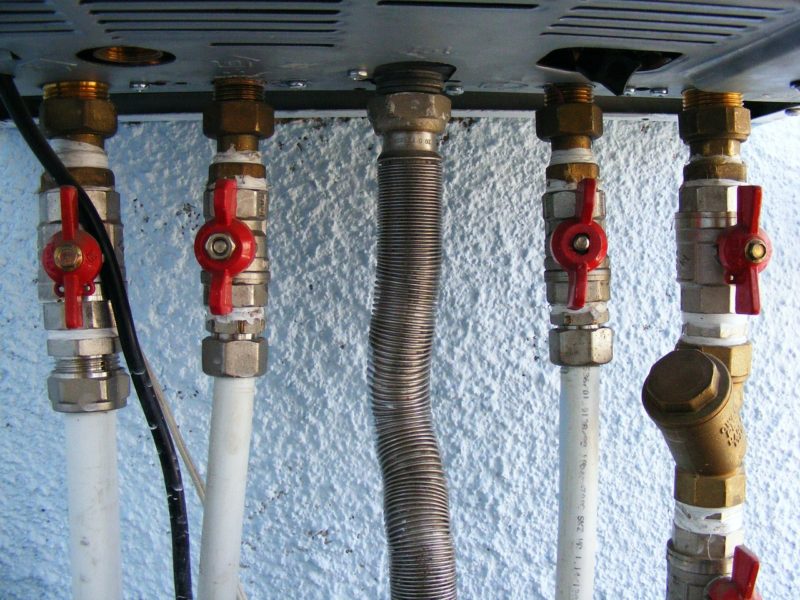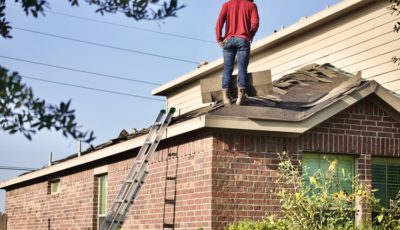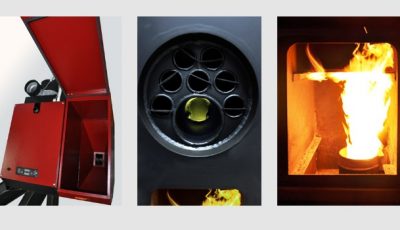How to Find a Leak in a Central Heating System
Finding a leak in your central heating system at first can sound like a difficult task. If your boiler is frequently demanding water to pressurise itself, or if the pressure constantly needs topping up, it is most likely you have a leak somewhere within your central heating system. It may be worth hiring a specialist to check your boiler before investigating your entire central heating system, as the problem could be a boiler related fault.
Other tell tale signs of a leak within your central heating system are drops of water coming from your pressure relief valve. This pipe usually protrudes from an external wall, you may want to monitor it if you suspect a potential leak. Try tying a clear food bag around it and taping it in place overnight. If there is any water in the bag the next morning, there is a problem within your central heating system.
According to this blog by specialist central heating leak detection engineers working for Aspect, the best way to detect a leak is through hiring a professional to conduct a series of non-invasive tests. Experts will begin a process of ‘trace and access’ in which tests help find the leak source and determine how it can be fixed. Unlike traditional methods of leak detecting which commonly involve taking up carpets and damaging your home structure, these methods are entirely non-invasive.
Thermal Camera Imaging
The first device experts may use is a thermal imaging camera. These handy gadgets allow experts to see where hot pipes are located, under floors and walls. They are able to see right through any structure in front of them as they solely detect hot and cold thermal sources. Hot areas will glow yellow or gold depending on how hot the areas are, whereas cold areas will remain blue. Thermal imaging cameras will allow technicians to detect pipe areas which are not as hot, or detect the leak itself pooling on a surface. Leaks are quite easy to spot as they form a blurry image on heat detecting cameras, in contrast to the sharp image of hot pipes.
Acoustic Correlators
Acoustic correlators are also great pieces of equipment which help find central heating leaks. Highly sensitive, small microphones are fastened onto pipes, listening for the sound of escaping water. As the human ear may not be able to hear the quiet sound of a leak, microphones amplify the sound, allowing an expert to locate the problem area. Most acoustic correlator equipment will also be attached to a radio unit, which will use mathematical algorithms to find the exact location of certain types of noise. The sensor closest to the noise will report to the other sensor, determining which hears the noise loudest, thus further locating where the leak is.
Tracer Gas
Another method of leak detection an expert may use is tracer gas. The gas is formed by mixing hydrogen and nitrogen, to create a non-harmful, odourless gas that is passed through water pipes. Since the tracer gas is lighter and smaller than water particles, it will be drawn to areas where there is more air. Gas sensitive probes will be able to recognise areas where the gas is escaping allowing for a precise way to find a leak. Rising and falling hydrogen levels will be shown on an electronic unit, allowing a technician to find the area where there is fluctuation. Most tracer gas units also come with acoustic sensors, which will be triggered when an increase of gas concentration is detected. One of the reasons why this method is so effective, is the precision it offers, in a completely non-invasive way. Tracer gas can also be used on almost all surfaces from wood to even concrete.

